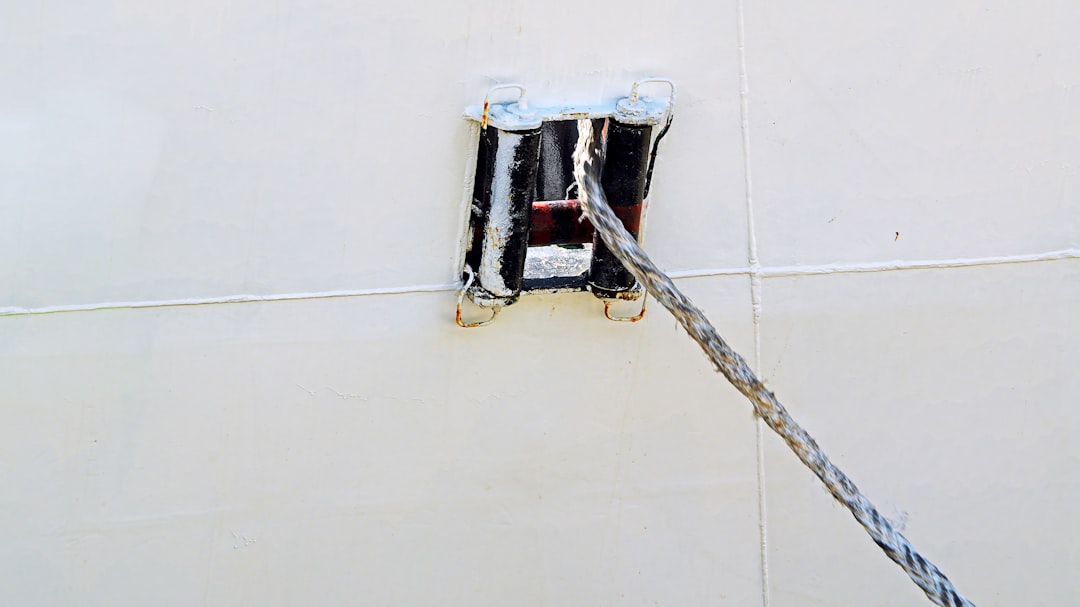
In Nashville, managing crawl space humidity is crucial for maintaining structural integrity and energy efficiency. Installation costs for a crawl space dehumidifier typically range from $2,200 to $3,400, with full encapsulation projects reaching up to $6,800. Understanding these costs is essential for construction professionals aiming to provide accurate estimates and maintain project budgets.
• Unit capacity and efficiency (70-pint vs 100-pint, Energy Star vs standard)
• Square footage and moisture load in the crawl space
• Existing electrical service and need for a new GFCI receptacle
• Drainage method: gravity line, condensate pump, or tie-in to sump
• Encapsulation upgrades: vapor barrier, insulation, air sealing
• Access constraints—low clearance, tight entry hatch, debris removal
• Local permit fees and inspection requirements
For a standard installation, including labor, a mid-grade 70-pint unit, electrical tie-in, and basic drainage, costs range from $2,200 to $3,400. Full encapsulation with a high-capacity, Wi-Fi-enabled unit can cost between $4,500 and $6,800. These figures reflect comprehensive service by licensed subcontractors.
• Dehumidifier unit: $900–$1,800 depending on capacity and smart controls
• 10-mil polyethylene vapor barrier (optional): $0.35–$0.55 per sq ft
• Electrical supplies: GFCI outlet, 12-gauge cable, breaker—$120–$220
• Condensate pump and tubing (if needed): $140–$260
• Miscellaneous fasteners, hangers, and sealant: $65–$110
Regional labor averages $68–$75 per hour for a licensed electrician and $45–$55 for a weatherization crew. Typical installations require:
• 1–2 hours site prep and debris clearing
• 2–3 hours electrical rough-in and outlet installation
• 1–2 hours unit placement, hanging straps, and drainage routing
• 2–4 hours vapor barrier or insulation work (if selected)
• Temporary dehumidifier rental can add $30-$40 per day. Coordinating suppliers can avoid delays.
• Ignoring encapsulation may lead to 27% higher energy bills over five years.
• Smart dehumidifiers may qualify for local utility rebates.
While DIY installations may seem cost-effective, professional installation ensures compliance with codes and prevents costly mistakes. Professionals arrive with exact material lists and code-compliant task checklists, ensuring first-time success and transferable warranties.
After approving your quote, you can select phased payments, credit-card funding, or same-as-cash financing. Scheduling tools sync with contractor calendars to minimize disruption.
Visit CountBricks.com or start a voice chat in our app for a personalized crawl space dehumidifier installation cost and a downloadable scope of work.

The Greene family’s 1940s bungalow faced moisture issues with standing water in the crawl space. Using the CountBricks app, they received a $3,870 proposal for a 90-pint Energy-Star dehumidifier, full vapor barrier, dedicated GFCI, and condensate pump.
1. Day 1 – Material drop and debris removal
2. Day 2 – Electrical rough-in and vapor barrier install
3. Day 3 – Dehumidifier hang, pump line, final inspection
• Humidity reduced from 78% to 34% within 48 hours
• Odor complaints disappeared immediately
• Utility usage dropped by 18% over the next billing cycle
• Home appraisal increased by $9,500 due to documented encapsulation
• Specify a unit with remote humidity alerts to prevent overflow incidents.
• Run a dedicated 20-amp circuit; shared outlets are a common cause of shut-offs.
• Seal sub-floor penetrations before laying vapor barrier to prevent radon entry.
If your crawl space smells musty or your floors feel damp, visit CountBricks.com for a detailed installation cost estimate and scheduling options.